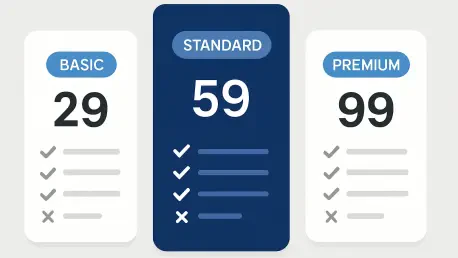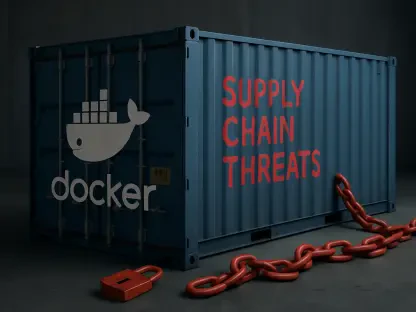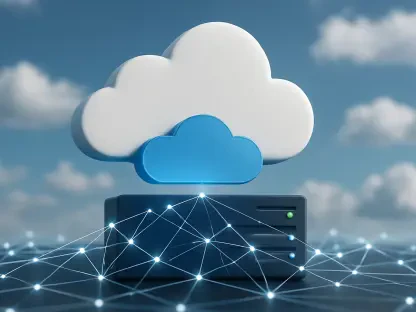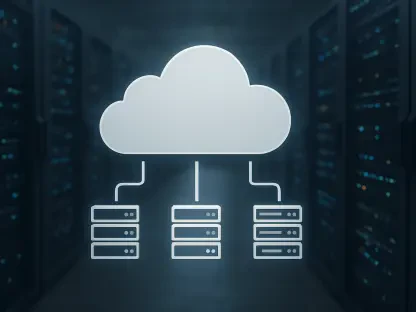In the rapidly evolving world of cloud technology and SaaS solutions, few voices carry as much weight as Maryanne Baines. With her extensive expertise in evaluating cloud providers, their tech stacks, and product applications across various industries, Maryanne has become a trusted authority in navigating the complexities of SaaS pricing and vendor relationships. In this insightful interview, we dive into the challenges of escalating SaaS costs, hidden fees, and the strategies organizations can employ to negotiate better deals. We also explore the impact of geopolitical factors on vendor-client dynamics and the importance of long-range planning in staying ahead of price hikes. Join us as we uncover actionable insights and expert perspectives on managing SaaS subscriptions effectively.
Can you shed light on why SaaS vendors are increasing prices at a rate that outpaces both inflation and corporate IT budget growth?
Absolutely, Caitlin. SaaS vendors are hiking prices—sometimes by 9 to 25 percent annually—due to a mix of factors. Part of it is tied to their desire to boost revenue, but a lot comes down to how they’re tweaking their pricing models. They might shift the metrics used to calculate costs or repackage licenses in ways that drive up expenses for customers. Exchange rate fluctuations play a role too, especially for global vendors, but often it’s more about strategic moves to maximize profit than just covering costs. It’s a trend that’s leaving many IT budgets stretched thin since they’re only growing by about 2.8 percent a year.
What are some of the less obvious costs in SaaS subscriptions that organizations might overlook when signing up?
Hidden costs have always been a part of the SaaS landscape—think storage fees that have plagued users of certain platforms for years. But now, we’re seeing a surge in unexpected expenses, especially with the integration of generative AI capabilities. These features often come with premium pricing or usage-based fees that aren’t clear upfront. Beyond that, there are costs like overage fees or charges for additional users that can sneak up on you if you’re not monitoring usage closely. It’s critical to read the fine print and anticipate these extras before they hit your budget.
How do SaaS vendors use mechanisms like multipliers to ramp up costs for their customers?
Multipliers are a sneaky tactic some vendors use, where they assign a credit system to services within a subscription. The catch is that vendors often reserve the right to change the value of those credits unilaterally. So, a service that costs 10 credits today might cost 20 tomorrow, effectively doubling the price overnight. When users burn through their allocated credits faster than expected, they’re hit with expensive overage fees. It’s a way for vendors to increase revenue without necessarily raising the base price, and it can catch organizations off guard if they’re not tracking usage meticulously.
What practical steps can organizations take to resist these steep SaaS price increases?
Pushing back starts with preparation. One of the best strategies is to begin planning at least two years before a subscription renewal. That timeline gives you a chance to audit SaaS usage across your organization, identify redundancies, and consolidate licenses where possible. It’s also helpful to signal to vendors that you’re exploring migration options to a competitor—it can be a powerful lever in negotiations. The key is to show you’re not locked in and have alternatives, which often prompts vendors to offer better terms to keep your business.
How does long-range planning strengthen an organization’s position when negotiating with SaaS vendors?
Long-range planning is a game-changer because it buys you time for multiple rounds of negotiations. You’re not rushed into accepting the first offer, which is often inflated. It also allows you to dig into usage data, spot underused subscriptions, and potentially downgrade to lower tiers without disrupting operations. That kind of insight helps you build a case for cost savings and demonstrates to the vendor that you’ve done your homework. Time is leverage, and having a two-year runway ensures you’re not negotiating from a position of desperation.
Can you explain how geopolitical issues can affect relationships between SaaS vendors and their clients?
Geopolitical factors are an often-overlooked risk in SaaS relationships. Take, for instance, a situation where a major vendor abruptly terminated service to a client due to EU sanctions. The vendor was protecting itself, and their contracts often include clauses allowing them to deny service under specific circumstances like force majeure events—think wars or natural disasters. The problem is, clients may not even know where their data is hosted or what risks they’re exposed to. This governance shift to the client means you could face outages or service cuts without warning, which is why negotiating exit provisions and data escrow is so critical.
What’s your forecast for the future of SaaS pricing strategies and vendor behavior in the coming years?
I think we’re going to see continual price hikes as the norm, unfortunately. Recent acquisitions in the industry have shown vendors just how far they can push pricing—some increases have been astronomical, and others are taking note. I expect more vendors will experiment with creative pricing models, like multipliers or tiered features, to extract higher revenue. On the flip side, I believe organizations that invest in negotiation skills and proactive planning will gain a competitive edge. Those who don’t may struggle with unsustainable costs, so my forecast is a widening gap between the prepared and the unprepared in managing SaaS expenses.









